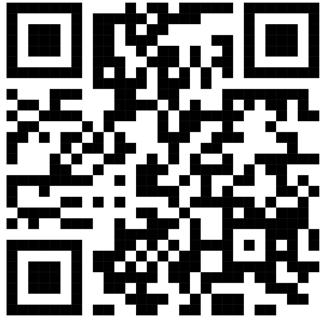










Evolve. Adapt. Transform. Thrive.
Welcome to Issue #10 of Home Care Evolution Quarterly!
Home Care Evolution Quarterly is for those home care business leaders who inspire to continuously learn in the industry. We exist to help you stay up to date on new trends and data from vetted contributing authors, all of who are experts in this industry.
This magazine is dedicated to helping YOU be on point in your:
● Sales & Marketing
● Operations
● Recruitment & Retention
● Financial & Multiple Revenue Streams
In this issue of Home Care Evolution magazine, the contributors and I provide you with current topics, breaking ideas, & practical strategies you will use to gain better ideas and solve bigger problems for new levels of success.
In this issue:
● How I Grew My Revenue By 68% In One Year by Gary Stiefel
● Mastering The Mental Game: Keys to Agency Success by Samy Nasir
● The Perfect Storm: Competition, Technology, and Policy by Joshua Kondik
● Know Like & Trust: Key Contacts At Referral Sources – Part 2 by Steve Weiss
● $20 Million in 20 Years by John Neagle
● The Difficulties of Working with Family, and Tips to Navigate Them by Nicole Peretti
● Golden Heart Des Moines: Adapting to Do The Most Good by Shelley Scott
● Balancing Act: Elevating Both Providers & The Workforce To Drive Systemic Change by Brandi Kurtyka
If there is a topic that is important to you that you would like to see in a future issue, please contact me directly.
Sincerely,
Steve "The Hurricane" President and CEO Home Care Evolution steve@homecareevolution.com 848-444-9865
"But seek first the kingdom of God and His righteousness, and all these things will be added to you." Matthew 6:33




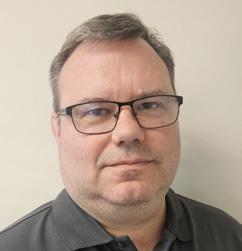
Gary Stiefel
Gary Stiefel is the owner of Visiting Angels in Alpharetta, GA. He acquired his agency in October of 2019. Prior to owning Visiting Angels, he worked in the corporate world for 25 years, running operations at companies such as GE, Kimberly-Clark, and Gulfstream. He possesses a Mechanical Engineering degree from Penn State University.
In 2017, he took time off from his career to care for his parents in Pennsylvania. At the time, his father was in declining health and his mother needed surgery. He spent more than 3 months as the primary caregiver to his parents. Through this experience, he became aware of the senior care industry and the challenges in providing care to our senior population. After careful consideration and much research, he pursued ownership of Visiting Angels, Alpharetta. In his role as Owner and Director, he applies his experience in running large operations and his passion for helping our senior population.
www.visitingangels.com/alpharetta
My journey as a home care agency owner started in October of 2019. I acquired an existing agency that was providing about 800 hours of service on a weekly basis. I don’t think I need to remind anyone what happened to us all in early 2020. As COVID hit, our weekly hours plummeted to 350 in March of 2020. It’s hard to believe that was over 4 years ago. My agency has seen steady growth since that time, with 2023 standing out as our best year of growth to date, with a 68% increase in revenue over 2022. This article is a reflection of what I believe allowed us to achieve this growth.
A business book I read many years ago (Good to Great by Jim Collins, 2001) discussed the concept of “getting the right people on the bus.” For me, this means finding and hiring the right people to be my office staff. I want people who can join me in taking our agency to the next level. While looking for staff hires, I’ve become much less interested in home care experience and more interested in other attributes. Things like a good attitude, a passion for caring, a desire to grow and learn, and the ability to get along with others on the team. After four years in business, I feel like we are now at the point where we have the right people on the bus. I can finally spend more time setting the direction of the bus and less time managing the people on it. You might be thinking, “Well, of course I’ve been trying to get the right people on the bus but it’s not that easy!” Trust me, I feel and share in your pain. For every staff member on our current team, two others have come and gone. The best advice I have for hiring great office staff is to learn from your experience and refine your methods of hiring as you proceed. My first few hires were from job postings I placed on Indeed. The team I have now all came from word-of-mouth sources. As an agency owner, you’re
out in the community constantly (or if you’re not, that’s a separate issue you need to address immediately). Always be on the lookout for your next office staff hire. I’ve made a couple of hires before I was actively searching to fill a position. With our current growth trajectory, there’s room for another on the bus. As long as it’s the RIGHT person for the bus!
A second factor of our recent success has been a focus on continuous education. I had zero experience in home care or health
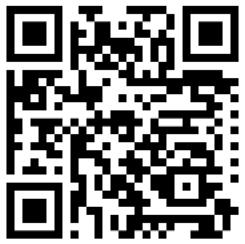
firm believer in self-improvement and education. When we stop learning, we stop growing. There are so many opportunities out there to learn more about our trade –books, magazines (hey looky here!), podcasts, webinars, YouTube videos, Facebook groups, mastermind groups, franchise meetings, seminars/Boot Camps, the list goes on. The more I seek out learning opportunities, the more learning opportunities I stumble across. During my first three years in the business, I sought out a lot of training/education for myself. It’s

care when I entered this business in 2019. In addition, I had never been a small business owner. It was out of pure necessity that I had to seek out education. I have always been a

only been about the past yearand-a-half since I’ve started to bring learning opportunities to my staff. I guess you could say I had to get the right people on the bus
before I could really bring them on the learning journey with me. It’s a great feeling to see a motivated, capable staff member learn and grow professionally. Not to mention the positive effect it has on growing our hours!
The Japanese word ‘Kaizen’ is translated to English as continuous improvement. The literal definition is made up of two words: ‘kai’ meaning ‘change’ and ‘zen’ meaning ‘good’. Toyota introduced Kaizen in their workplace in the 1980’s, and it’s since been adopted by thousands of companies around the globe. I know about this from my 25- year career in the corporate world, where I spent much of my time working on Kaizen. In fact, I spent so much time on Kaizen in my “previous life” that I thought I would never want to hear the word again. And in reality, during the first three years in business, my agency wasn’t big enough to apply team-based continuous improvement initiatives. But now, a few years removed from the corporate world and with a small
busload of highly motivated, capable staff members, I’m dusting off my old Kaizen books and introducing the concept to my staff. I believe this will be the catalyst for us to continue our stable growth into the future.

Our Kaizen initiative involves first identifying a process and developing a current state map. This is basically a step-by-step picture of how the process is carried out today. We then gather as a team and identify improvement opportunities to make the process easier and more efficient. Finally, we implement the improvements to realize a new and improved future state. It’s essentially a teambased approach to improve everything we do, processby-process, on a continuous basis.
To get started, simply write down the major processes of your business. Don’t worry about prioritizing yet, just start writing. My first list included: hiring process, night and weekend on-call process, caregiver accountability and rewards process, new client start-up process, and caregiver training process. Then, pick one process and get started. I chose
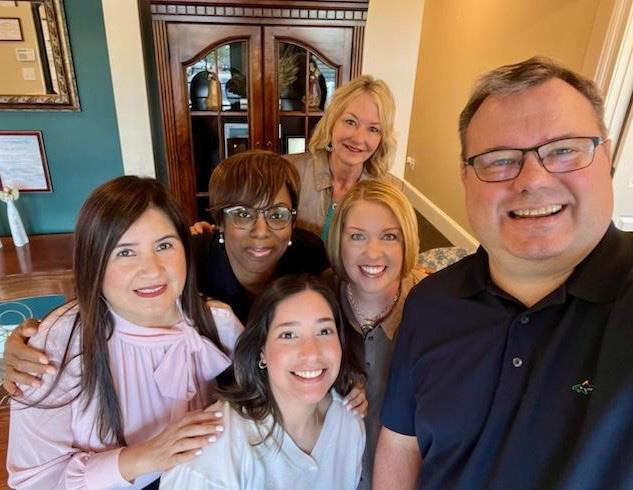
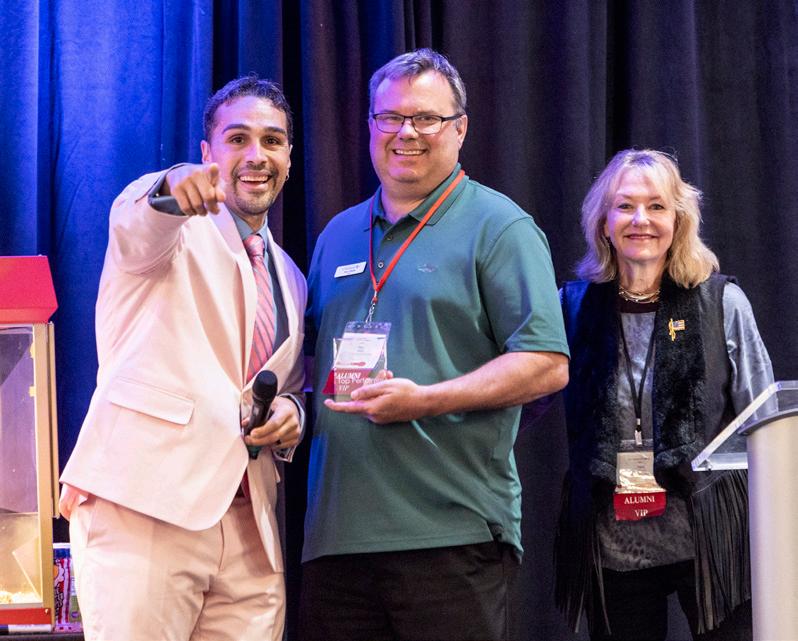

the hiring process. I purchased a roll of butcher paper and taped a piece of it to the wall. Then we gathered as a team and wrote each step on post-it notes and put the process on the wall so we could all see it together. Then we brainstormed improvements and put those on the map. Finally, we implemented some improvements immediately and created an action plan for the remainder of the improvements. We now are setting aside time each week to work on our continuous improvement efforts.
What I’ve come to realize is that I can be most successful in this business if I have a staff of people who are all more capable at their individual jobs than I could be myself. To get there, I needed to find the right people, give them the education and tools they need, and lead them along the path of continually improving the work we do. Wherever you are in your home care journey, I wish you the greatest success in getting to the next level and then beyond!

Get self paced industry training for as low as $97 per month.
Home Care Evolution Daily is a self guided program with weekly tips and strategies! It’s time to stop the guesswork.
Never get stuck guessing what to do next for your business.
SIGN UP FOR HOME CARE EVOLUTION DAILY TODAY.
● Exclusive Video trainings
● Strategies designed to help you build your business and get more clients
● Templates making it easy to implement and get results
● Proven Marketing Methods tested and proven by 100’s of home care businesses
● Monthly Private Webinar Training keeping you up to date on what’s working NOW
● Private Facebook Marketing Group giving you support, accountability, and a direct line of access to get questions answered
● Weekly Marketing Tips direct from the best in the industry

www.homecareevolution.com/daily


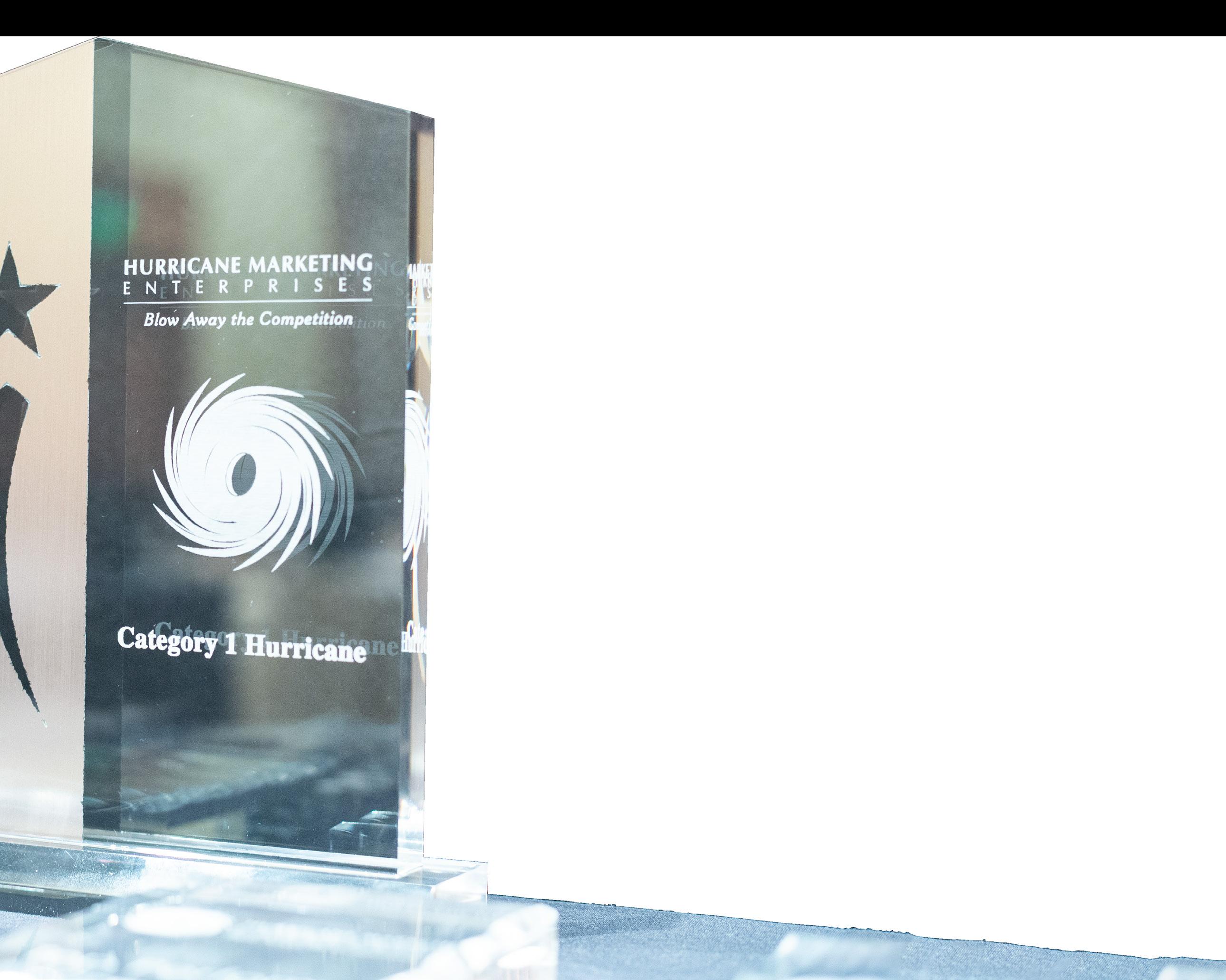



Saman Nasir combines two decades of experience in coaching, hypnotherapy, and leadership. Samy’s educational journey includes earning an Associate of Occupational Studies in Mind-Body Psychology with Honors from the Hypnosis Motivation Institute, a nationally accredited college of hypnotherapy. She has developed a unique belief system enrichment approach that incorporates Cognitive Behavioral Therapy (CBT), imagery, mindfulness, and Neuro-Linguistic Programming (NLP). Samy is committed to her personal and professional development, which is why she’s currently pursuing a Master’s in Psychology. Beyond her academic and professional achievements, Samy’s deep academic background along with multilingual communication in 5 languages makes her a versatile and effective guide for home care companies seeking success.
https://homecareevolution.com/
Samy NasirRunning a home care agency is simultaneously a challenging and rewarding endeavor. You are responsible for providing quality care to clients while managing a team, navigating regulations, and maintaining a successful business. In this high-stress environment, you might not notice when your inner dialogue with yourself gets critical, but it has far-reaching consequences. By understanding and taming the critical inner voice, practicing self-compassion, and developing resilience, owners can enhance their personal lives and lead their agencies more effectively. Mental evolution is not only essential for individual happiness but also crucial for providing the highest quality of care to clients and ensuring the long-term success of home care agencies.
The critical inner voice is an internal dialogue that can be highly critical, self-sabotaging, and damaging to your self-esteem. For you as an agency owner, the pressures of the job can amplify this inner critic. You may constantly question your decisions, feel inadequate, or experience


The ID:
superego, and the ego. These elements play a crucial role in shaping our inner thoughts and dialogue, which ultimately contribute to the critical inner voice experienced by home care agency owners.
Imagine a scenario where a client or staff member offers criticism or feedback. It’s not uncommon
The ID is like the unruly child within us, constantly seeking instant gratification and pleasure. The ID might push owners to prioritize immediate solutions and quick fixes, ignoring the long-term consequences.
The Superego:
On the other side of the spectrum, the superego represents our internalized moral compass, enforcing values and standards learned from society and upbringing. The superego may create feelings of guilt or self-doubt when owners feel they fall short of ethical or caregiving standards.
imposter syndrome, all of which can hinder your personal and professional growth. To truly comprehend the critical inner voice and its implications, let’s take a page from Freud’s book and examine the structure of the human psyche. Freud’s model includes three key components: the ID, the
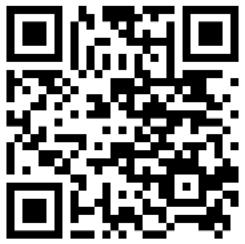
to compartmentalize the emotional impact, temporarily setting it aside to focus on addressing the situation professionally. In another example, consider the desire for agency growth and success—an aspiration fueled by your ID. However, the superego, shaped by ethical standards and regulations, might introduce doubt, questioning whether your ambitions

The Ego:
The ego serves as a mediator between the ID and the superego. It strives to find a compromise between the ID’s desires and the superego’s ideals. In doing so, it plays a critical role in shaping our decision-making and inner dialogue. Your ego primarily resides in your conscious thoughts, though some aspects remain in the preconscious. It operates like a seasoned diplomat, mediating between the impulsive desires of the ID and the stringent moral values of the superego. The ego possesses executive powers and carefully plans its actions to ensure that neither extreme dominates.
for this feedback to sting, causing your ID to react emotionally. Meanwhile, your superego, influenced by your commitment to ethical caregiving, advises against showing vulnerability. In such instances, the ego steps in and formulates coping mechanisms. It might encourage you

align with these principles. Here, the ego intervenes subtly, aiming to maintain equilibrium. Instead of outrightly denying your ambitions, it might prompt you to take a measured approach, ensuring that growth aligns with your agency’s ethical commitments.
Picture this: the ID clamoring for instant pleasure, the superego imposing strict moral judgments, and the ego trying to find a middle ground. Often, the ego’s goal is to keep the ID and the superego separate, preventing them from confronting each other directly. This separation is the reason why individuals don’t typically experience
Home care agency owners are often juggling multiple responsibilities, which can lead to burnout. The critical inner voice can exacerbate feelings of overwhelm, making it challenging to sustain the passion and energy required to provide excellent care and lead a successful business.
Decisions in healthcare can be life-altering, and the fear of making mistakes can be paralyzing. The critical inner voice can lead to second-guessing, delaying crucial decisions, and hindering effective leadership.
A negative inner dialogue can also affect relationships within the agency.
Owners may struggle with communication, trust, and collaboration, which are vital for a cohesive and productive team.



the ID and superego simultaneously. However, in the world of home care agency ownership, where the stakes are high, the critical inner voice can become particularly pronounced. The inner critic may berate owners for perceived inadequacies, question their decisions, or trigger imposter syndrome. Procrastination is a common tool in the ego’s arsenal. For instance, your ID may desire the accolades and recognition that come with successful agency expansion, but your superego might deem self-promotion as self-serving or ethically questionable. In response, the ego might introduce procrastination as a compromise. By delaying actions that could draw attention, it attempts to satisfy both sides of the inner dialogue. The ID’s desire is temporarily subdued, and the superego’s ethical standards remain upheld. This process can really take a toll on agency owners.
Mental evolution is a process of personal growth, resilience, and selfawareness. It involves recognizing the critical inner voice and actively working to transform it into a positive and constructive force.
Here are some strategies for home care agency owners to embark on their journey of mental evolution:
Incorporate mindfulness techniques and stress management practices into your daily routine. Mindfulness can help you stay grounded in the present moment, reducing anxiety about the past or future and is a

form of self-compassion. Practice self-compassion by treating yourself with the same kindness and understanding that you would offer to a loved one. Recognize that making mistakes is a part of growth and learning in the home care industry. Self-compassion can help counteract the effects of the critical inner voice and reduce feelings of inadequacy. The healthcare landscape is constantly evolving, and home care is no exception. Embrace change as an inevitable part of the

industry and make adaptability one of your core strengths. Stay informed about industry trends, regulatory updates, and emerging technologies. Be open to reevaluating your agency’s strategies and practices to stay relevant and provide the highest quality care. By remaining flexible and willing to pivot when necessary, you can position your agency for long-term success.
Build resilience by viewing setbacks as opportunities for growth. Understand that challenges are a natural part of running a home care agency, and resilience allows you to bounce back stronger. Embrace change and adaptability as essential qualities in the evolving healthcare

landscape. When a challenge arises, take a step back, analyze the situation, and ask yourself what valuable lessons or improvements can be derived from it. Whether it’s dealing with regulatory changes, managing difficult situations with clients or staff, or facing - unexpected financial constraints, there is always an opportunity to learn and adapt. Take
the time to reflect on the adversity you face and consider how it can make you a more effective agency owner.
Setting achievable goals and expectations for yourself and your agency can help combat the unrealistic standards imposed by the critical inner voice. Setting achievable goals is the cornerstone of managing expectations. Rather than aiming for lofty, unattainable objectives, break down your longterm vision into smaller, manageable milestones. This approach allows

you to make steady progress without feeling overwhelmed. Celebrate small victories and acknowledge your achievements, no matter how incremental they may seem. While it’s natural to aspire to grand achievements, it’s equally important to celebrate the small victories along the way. These smaller accomplishments contribute to the larger picture of your agency’s growth and your personal development as an owner. Acknowledging and appreciating these achievements boosts motivation and resilience, serving as

a powerful antidote to the critical inner voice. By understanding the interplay between the ID, superego, and ego through Freud’s model, home care agency owners can better navigate their critical inner voices. Embracing self-compassion, mindfulness, and a healthy ego can lead to a healthier balance, enhancing both personal well-being and the success of their agencies. Embrace this journey of selfdiscovery and growth, and watch as it positively impacts both your personal and professional life.



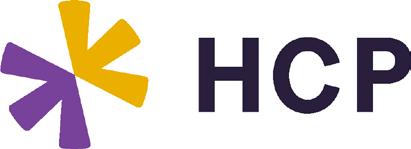

Policy

Joshua Kondik
Joshua Kondik, Vice President of Sales Strategy and Operations at Home Care Pulse, has worked strategically in healthcare for the past 10 years. Josh brings over a decade of healthcare technology experience with companies such as Athena Health, GE Healthcare, ABILITY Network, and Greenway Health. Josh has partnered with some of the largest healthcare organizations in the country to improve sales processes and scale growth. He holds an anthropology degree from Kent State University and an MBA from the University of Illinois. In his free time, he enjoys spending time with his family and golfing to clear his mind.
https://www.homecarepulse.com/
The home care industry is on the cusp of major change. With competitors like Amazon moving in the shadows, technological innovation in care assessment and delivery, as well as changes in policy—most notably, the 80/20 Medicaid Access Rule—a perfect storm is taking form. Most will see these changes happening to them, while a select few will see the changes happening for them. Each of you has a chance to capture your fair (and maybe unfair) share of the market.
Let’s take a step-based approach to understanding current data, examples we can learn from, an insight into foreseeable changes, and how these changes should be viewed as an opportunity to provide better care, job growth, and margins.
COMPETITION IS COMING (AND THEY’RE ALREADY IMPACTING YOUR LABOR SHORTAGE)
With average turnover rates hovering at 77% for caregivers, and 30% for clinical staff, it’s no wonder we struggle to take on new cases and keep lines of service open. Preliminary data from the 2024 HCP Benchmarking Report suggests that the cost to acquire new clients increased by 35%. It costs more than ever to recruit and retain staff, and more to acquire new customers. Non-industry competition like Amazon, Walmart, and Target continue to wick away home care staff by offering similar paid positions with good benefits and lower stress. And things may still get worse before they get better.
Companies like Amazon may shift from being an indirect competitor for your caregiver staff, to a direct competitor to your entire business.
On the surface, Amazon might not look like a major threat to
post-acute care, but with a little research, you’ll come to find that they could potentially change the industry forever:
1 Amazon’s vast network of warehouses, delivery services, and access to technology allow both digital and analog advantages to the post-acute care industry.

potentially wick away human capital from other care providers while enticing new caregivers into the space with higher wages covered by

2 Amazon’s existing infrastructure allows them to find underserved or highly populated areas where they can optimize care through logistical advantages, resulting in 1.1 million people under their employ in the US. They already take caregivers from your employee pool.
3 Acquisitions of businesses like One Medical gives Amazon access to approximately 80,000 physicians. We’re seeing more auxiliary clinical services that formalize care delivery, for which Amazon is well-positioned. Amazon’s extensive human network, ability to subsidize benefits, and provide higher wages might

margins in other Amazon business lines (think about conglomerates like GE covering high-expense lines of business).
But don’t lose hope yet.
Forget about AI (yes, that’s important and Amazon has it too), have you thought about all the other technology Amazon has at its disposal at this very moment?
We don’t often consider things like iRobot (smart vacuums) and Alexa as playing a role in care delivery, but they certainly can. As more policy impacts the industry, so will things like Risk Factors and Bill
Rates. Devices like iRobot can map floor plans and assess risk, while Amazon Alexa can remind clients of medications, care reminders, and even live-care agent support. Amazon Smart Home and Home Security can track and monitor inside and outside the home, while also granting providers access to the home with minimal involvement from the patient. While Amazon may have ended services for things like Halo Health and Amazon Care, it doesn’t mean that they don’t still intend to use the technology in the long run.
With respect to auxiliary services of care delivery, Amazon has some strategic advantages as well. Amazon pharmacy can lower the cost of medication and ensure patients receive prescriptions without ever leaving the home. Prime Delivery can provide quick access to Durable Medical Equipment and other medical devices. While One Medical gives Amazon access to a vast provider network, it also gives Amazon supporting healthcare technology like integrated billing, scheduling, electronic medical records, and other ancillary software.
Yet, there’s still hope for providers.
The new Medicaid 80/20 rule seems daunting. HCP’s Annual Benchmarking Report captures Profit and Loss Statement data every year. Last year, the average P&L statement had Direct Care Expenses at 61.6% and Caregiver Recruitment and Retention costs at 3.3% of operating budget across all regions. While these calculations don’t take into consideration case mix and
direct expenses for Medicaid clients, the average P&L ratios are a far cry from the new regulation thresholds for Medicaid.
Whether you have a large Medicaid mix or not, this is a concerning change. CMS is indicating that there are significant staffing and access-to-care problems: increasing number of seniors requiring care, more rural areas without access to affordable care, fewer employees in the younger generation workforce, and more wage competition to name a few. Directionally, CMS predicts a need for better technology utilization (to lower the cost of care delivery), innovation (to provide more access to care), and higher wages (to increase the labor force in care delivery). For those who have disagreed, disparate systems and lacking outcomes-based data has made it challenging to defend against this type of legislation.
While these challenges may seem insurmountable, there remains hope. There are historical examples that we can draw on to develop better strategies moving forward. In 2009, the HITECH act was passed, causing all healthcare providers to move to digital patient charts. In 2010, the Affordable Care Act was passed. In 2015 congress passed the Medicare Access and CHIP Reauthorization Act (MACRA) and created the Merit Based Incentive Payment System (MIPS) which are both shifting care models to quality outcome and valuebased care models. These examples were tackling the same challenges we are now seeing impact home care such as lowering the cost of care, increasing the labor pool, and increasing access to care.

For some, the impacts I just shared might seem like the end of home care as we know it. However, agencies that quickly address these impacts can grow their business and improve outcomes. Here are some areas of focus with specific steps you can take to help future-proof your business.
Recruitment and human resource teams struggle to keep hiring and retention costs low, especially with the high turnover we see in the market. Hiring and retention efforts are usually riddled with inefficient processes and over-burdened staff. Think about the time it takes to simply vet applicants, pre-screen, and schedule interviews. After 48 hours from application, an applicant is 57% more likely to never interview. We must be smarter with our budgets because the 80/20 ruling will demand it anyway.
There are many tools out there, including HCP’S Pre-Intent which streamlines these processes, and costs much less than outside recruiting and marketing firms. Even without technology, there are steps you can take to optimize recruiting and retention:
• Immediately call every candidate who books an interview.
• Respond to applicants within 48 hours.
• Use multiple forms of communication: call, text, and email.
• Be available for interviews every day.
• Keep hiring paperwork simple.
Providers can attract and retain non-clinical care staff and CNAs by giving them the opportunity to advance their entry-level jobs into a career where they will see progression and increased wages. Career ladders reduce turnover rates, provide pathways to increased wages, and create stability in both personal and business continuity. These same activities lead to more specialized care with increased billable hours. The cost of in-person training is significant when you consider the time to develop, administer, test, and audit training. Agencies will need to adopt new training strategies to contain costs, provide highquality care, and create growth opportunities for staff. Opportunities and technology exist to help agencies solve these problems, which also can be embedded in the numerator for the new 80/20 ruling:
• Partner with professional training partners like HCP to lower the cost of training.
• Give staff an opportunity to take courses at their convenience, instead of impacting daily shifts.
• Develop Career Ladders that promote professional growth and better care.
As an industry, we must show regulatory agencies the value of post-acute care by turning insights into actions. We need to band together to collect and present persuasive data on the improved outcomes that our industry delivers to affect lasting legislative change. While other lines of service in postacute are required to track outcomes like readmission rates and patient satisfaction, home care lags behind. The data we’re missing can help us demonstrate how legislation should be applied and why, as well as be used to recruit new staff, and acquire new clients and patients. There are many industry and non-industry partners who help in these areas. If


you haven’t already implemented these types of feedback loops, here are some things you can do to start:
• Utilize 3rd parties like HCP to capture experience and feedback data from your employees and clients.
• Benchmark your performance in key areas against your peers.
• Create action plans from the insights you capture through various feedback loops.
• Use this data to market to new employees and clients by demonstrating your agency as the best place to work or receive care.
Competition, technology, and policy are changing the industry. More effective technology and strategies in recruitment, retention, training, and capturing outcomes-based data can be a boon for strategic growth when understood holistically. By tackling these challenges and adopting new strategies, your business can be a leader in home care, in both the short and long run.
HCP offers RN-DEVELOPED TRAINING, SATISFACTION SURVEYS, and REPUTATION MANAGEMENT tools designed to help you become the best employer and provider in your area—and make sure everyone knows about it. Known industry-wide for its BENCHMARKING REPORT and Best of Home Care awards, HCP is redefining the future of post-acute care. For more information, visit HTTPS://WWW.HOMECAREPULSE.COM.


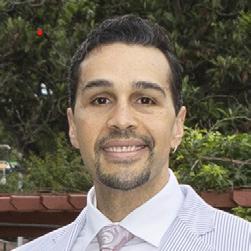
Steve“The Hurricane” Weiss, President & CEO of Home Care Evolution, President of “The Institute for Dignity and Grace.”
Steve “The Hurricane” Weiss is a dynamic and entertaining public speaker, known for his expert knowledge in all things sales and marketing. From a young age, Steve has been driven to succeed and excelled across vastly different industries. Steve founded Hurricane Marketing Enterprises in 2012 with a goal to help other business owners around the globe. Steve’s passion is to lead business owners on the path to find people in need of their services and convert these prospects into clients. His company’s mission statement is to help business owners increase their census, revenue, and profits. With his dedication and hard work, Steve has developed a foolproof program that enables start-up companies to quickly get ahead of the competition while helping existing businesses experience an explosive transformation. In 2016, he co-founded and is currently the President of the Institute for Dignity and Grace with Nicole Peretti. Steve continues his mission of advocacy for the senior population by providing education and resources. His passion is always helping the senior population stay in their homes safely and age in place with dignity and grace.
https://homecareevolution.com/
In a time of rising costs, labor shortages, and increasing competition, the need to develop relationships and generate professional referrals is stronger than ever before. In part 1, we discussed developing relationships with the Executive Director, the Director Of Nursing, and the Admissions/Marketing Coordinators. Let’s continue with the other three primary contacts that we should be developing a relationship within our referral sources that will lead us to long-term continuous referrals from our accounts.
The Therapy Department (TD) is often one of the most overlooked departments in your referral sources. Very few business development folks stop by therapy to develop a relationship. That’s a huge mistake! Therapists spend more time with patients and residents than any other professional in the accounts that we're trying to develop. So, making their department a priority is a must if you wish to gain an abundance of referrals from these accounts.
Of course, therapists know more about their patients than any other professional in the building, as they are the professionals who work out with their patients day in and day out. They know their patients’ limitations. They know the therapy exercises that they've been doing with their patients. They know just how much assistance that this person is going to need once they're finished with their rehabilitation, and they head home. This is a great contact who can send us a referral.
When it comes to developing a relationship with the TD, you want to discuss the things that you do for your patients in the home setting and how you work with the home-based therapy team for ongoing training. You also want to know what exercise programs they recommend their patients to go home with when they're discharging them. In addition, you can learn great insights into both the physical and mental health of your
patient before discharge and just how anxious they are about returning home. Last, learning how they have trained the patient to transfer, dress, bath, and so on will make it easier to develop a plan of care around. This is just the tip of the iceberg of discussion points with your therapy team. Not only can they refer you, but

This will now give hands-on training as to the exact needs of a patient before you ever step foot in the house. The TDs absolutely love this. This will help you to win them over and get referrals.
I don't know many professionals that develop a relationship with the

they also can help you improve the outcome of the patients that they are sending your way. This is done through sending the patient home with specific exercises that your Caregivers can then help the patient perform, resulting in the patient continuing the road to recovery. Another thing that you can do with the TD is you can have Caregiver training sessions where your Field Service Coordinator or your Supervisor can come in with the patient before discharge and work out with the patient and the TD together.

Activities Director, but I can tell you that doing so is worth its weight in gold. Remember, the Activities Director (AD) is still a director in the referral source. That means they are managers! They are someone who participates in all director meetings. They are also someone who can be the “Manager On Duty” on weekends and holidays. In a nutshell, they're an authority figure in the referral source. In addition, the AD is someone who knows the patients and works with them every single day. They are



responsible for managing a monthly calendar of events and activities for the residents and patients to participate in. How is having a relationship with them beneficial? It is because the residents and patients trust the AD. They are interacting with her every single day and they know that she genuinely cares for their well-being. Often when a patient needs help, they are apprehensive. The AD usually can sense something is concerning her resident and she will strike up a conversation to see what’s going on. Once she learns of the situation, she will offer advice and comfort. This is where your relationship with the AD proves invaluable, as when she is speaking with the resident, she can easily name drop you and your company as someone she knows and trusts to do a good job. In order for you to build trust with the AD and get to know her, try sponsoring an activity from time to time. This way you will show that you care, you will assist her in her efforts to keep everyone

engaged, and you’ll even get to know the residents yourself over time. This will make the resident much more comfortable with you as well, because (after several consecutive months) the
resident will be familiar with you. So be sure to develop a relationship with your AD.
Social Workers (SW) obviously are in a position to refer. Their job is to coordinate discharge plans and make sure that the patient and their families have everything they need to ensure a safe return home. Home Care is one of the things that they should coordinate. The problem, though, is you and all of your competitors are constantly trying to get in front of the SW (This is the reason why we need to develop relationships with the other five key contacts mentioned in these two articles here, so that's not all on the Social Worker) However, when it comes to working with the SW, the best way to get referrals is to make her job easier. When she does send you a referral, make sure you communicate every step of the way. As soon as you receive the referral. Once the patient has agreed to sign up for services.

Once the person gets home. Once they've reached 30 days. (No longer risk being readmitted) And following up long term. By having all of these communication touch points with

your SW, this makes her job easier, and the feedback that you give lets her know that referring to you and your company was the right thing to do. This will allow you to develop a longterm working relationship that leads to her referring you consistently week in and week out.
There you have it. These are the six key contacts that you have to develop a relationship with in order to get referrals from your accounts. Many people make the mistake of going directly to the Social Worker and

bypassing the other five key contacts. Don’t be like everyone else! By taking your time and developing a relationship with each and every one of these contacts from Part 1 and 2, you will ensure that you receive your maximum referral potential from each of your referral sources and are well on your way to hitting your company goals. If you want help diving deeper into your accounts and generating more professional referrals, we are here to help you. Let’s get started today! www. homecareevolution.com


We’ve been helping Home Healthcare Businesses increase their census, revenue, and profits since 2012.





$ Million Years in

John Neagle
John Neagle is the Director of Sales and Marketing for HomeWell Care Services in New Jersey. Prior to joining HomeWell in 2018, John held various leadership and operational roles in the United States Marine Corps as a Logistics Officer, both stateside and deployed overseas. John received a bachelor’s degree in marketing from The College of New Jersey. Outside of his work at HomeWell, John is a husband, a father, and a successful entrepreneur specializing in real estate investments. https://homewellcares.com/in-home-care-nj-hackensack-nj111/
I joined HomeWell as a sales representative in 2018. Soon after, I had the incredible opportunity to lead the transformation of our sales department to one focused on active listening, customer service, and collaboration. At the same time, HomeWell went through a dramatic shift in company culture, and refocused our mission to providing our customers with the most exceptional experience they could find in our industry. This year we will cross the $20 million revenue threshold, and at the time of publication we are providing over 11,000 hours of care per week.
Years ago, HomeWell’s sales department was structured as what many would recognize as a traditional home care model. A sales representative was a jack of all trades, master of none. You were first and foremost a marketer, traveling to dozens of skilled nursing facilities and senior living communities, promoting your services, with the goal of generating referrals.
Getting a referral was the highlight of the day, but if you missed the call, that lead was already calling the next agency. If they called the office directly, our staff weren’t trained in the intake process and took down basic information for a call back. We lost many of those leads, too. On a good day, you were sitting in the parking lot of your next stop, closing the sale when suddenly your day of marketing is gone, having never made it inside. The next day you’re back on the road again when your phone rings, and it’s your new client with their first question or complaint. And like the past couple of days, your plan for a day of marketing is unsuccessful, and your stream of referrals starts to run dry.
In all scenarios, our sales representatives were never fully engaged with their client, be it the referral source or the prospective client. To grow our business, by increasing the number of monthly referrals and converting more to clients, our sales process needed to change.
We started making calls, posing as clients, to gain insight into other agencies’ processes, rates, terms, and selling points. We discovered that whoever answered the phone— owner, scheduler, receptionist—was able to answer questions, provide information, and move us along through the sales process. We never had to wait for a call back, which was our Agency’s process at the time. That initial call is a client’s first impression, and an agency’s one shot to captivate them. Nobody in our local market did it exceptionally well, and this presented a great opportunity for HomeWell. It started with one full-time intake specialist, and, over the past few years, we invested in more personnel to form what our sales department is today. Most importantly, we found the right people with the right skills and personalities for each role.


Today, our marketers cover more than 100 direct referral sources throughout the state. They give formal presentations on HomeWell’s unique selling points and signature programs, sponsor events, communicate updates on patients, and become valuable partners of each. By eliminating the responsibility of inquiry calls and coordination of care, like in the traditional model, our marketers stay on schedule, get in front of more referral sources, and generate more leads.
To most, the stereotypical and dreaded salesperson is one who talks non-stop about who they are and why you need them. We wanted to give our callers a different experience. Our full-time Intake Specialists practice active listening, they exhibit respect, empathy, and integrity, and provide prospective clients with solutions that meet their needs. With the help of our sales coach, Melissa Bagley from Home Care Evolution, we revamped our inquiry phone script.
It went from pages to five simple steps: Close by getting the meeting
scheduled, or at a minimum get a scheduled follow-up to keep the conversation moving forward.
Home care is a personalized service, and it is important to meet in-person prior to clients and agencies engaging with one another. Doing so helps the senior feel like part of the decisionmaking process, gives the provider a complete understanding of the care, establishes clear and mutual expectations, and finally helps to determine exact pricing and caregiver pay. Our coach, Melissa, once gave me the analogy of a
homeowner calling a contractor about a major kitchen renovation. You wouldn’t call and ask, “how much do you charge for a new kitchen and when can you start?”
The contractor must come and assess the scope of work, discuss the quality of materials and finishes, and then give a quote.
As referrals increased, we added two more hybrid intake specialists/ in-person closers (including a Registered Nurse who enhances the clinical competency of the department) who are available to meet with prospective clients within an hour or less of getting the call. This capability has positioned us as
the agency that referral partners and clients can trust to get the job done well when there is an urgent need. When not in the field, they assist with inquiry calls.
Having an intake department has increased efficiencies, enabling our marketers to focus all of their efforts on generating referrals. This has resulted in a 51 percent increase in monthly referrals since 2021. Having a team of in-person closers has increased new client admissions by 54 percent in the same period. With our intake department now streamlining the sales process,

Listen to what the client is saying and ask insightful questions to help you to understand their priorities. Only by demonstrating that their challenges are understood can you position your service as something they need. This also helps uncover hidden needs and opportunities, as well as their objections.

Qualify the lead to determine if they have the need and resources for your services, and if you have the specific services that they need. It is important to accept that not every client is for you, and you’re not for every client. Figure out what your agency’s niche is and be the expert at serving those clients.

Respond to their needs with relevant service offerings. If the client is currently home, healthy, and looking for a companion, don’t discuss your post-rehabilitation transitional care program. Responding appropriately helps the client feel heard.

Overcome Objections by highlighting your unique service offerings. When asked, “why should I choose you?” I cannot tell you how many times I have heard competitors say, “we’re licensed and accredited,” not understanding that every agency in New Jersey is. Instead, share what truly makes you different to align your services with the clients’ needs, and to ease their objections.

HomeWell grew from a $13.5 million agency in 2021 to a $20+ million agency in 2024. When surveyed by Home Care Pulse, clients continue to remark that HomeWell’s “responsiveness” was a key factor in their decision to select us as their care provider.
While restructuring our sales department has contributed to growth, it could not happen without also having a caregiver-first mentality, and a one-of-a-kind administrative team that delivers on our service commitments.
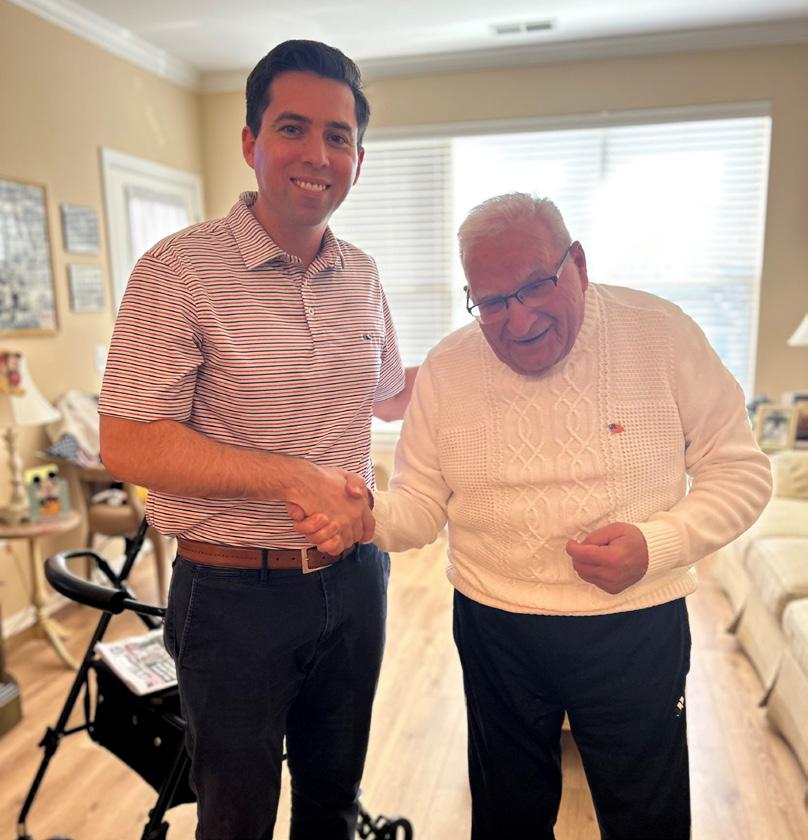
At HomeWell, we put the same emphasis on hiring and retaining the highest caliber caregivers as we do signing up and retaining clients. By backing our caregivers with guidance, mentorship, and benefits like a 401(k), paid time off, and major health insurance, we’re able to attract and retain the industry’s best, which ultimately leads to more satisfied clients.
We also understand that those we consider our clients – the people we help, their families, our caregivers, and our referral partners alike – expect excellence. All are supported by more than 50 fulltime administrative employees,
each aligned with HomeWell’s core values, each with a specialized role, and each with the experience to properly address any situation that could arise.
The intake—a process grounded on two of our core values, empathy and integrity— is the first step at forming a positive and lasting experience for the client. Our new sales approach has accelerated us toward our goal of $20 million in 20 years, and as we move forward, we will continue building upon this foundation to achieve our next goal of $30 million.
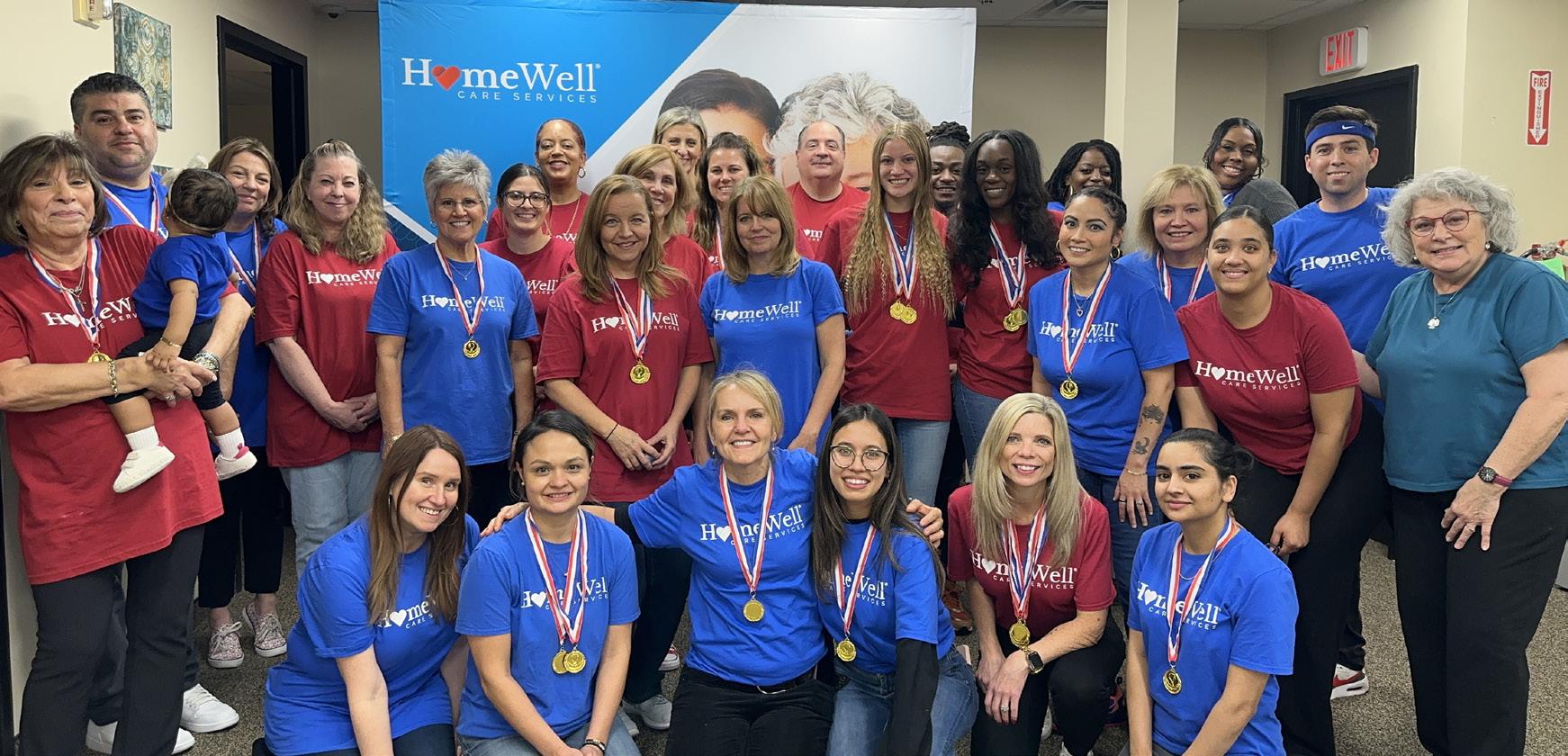
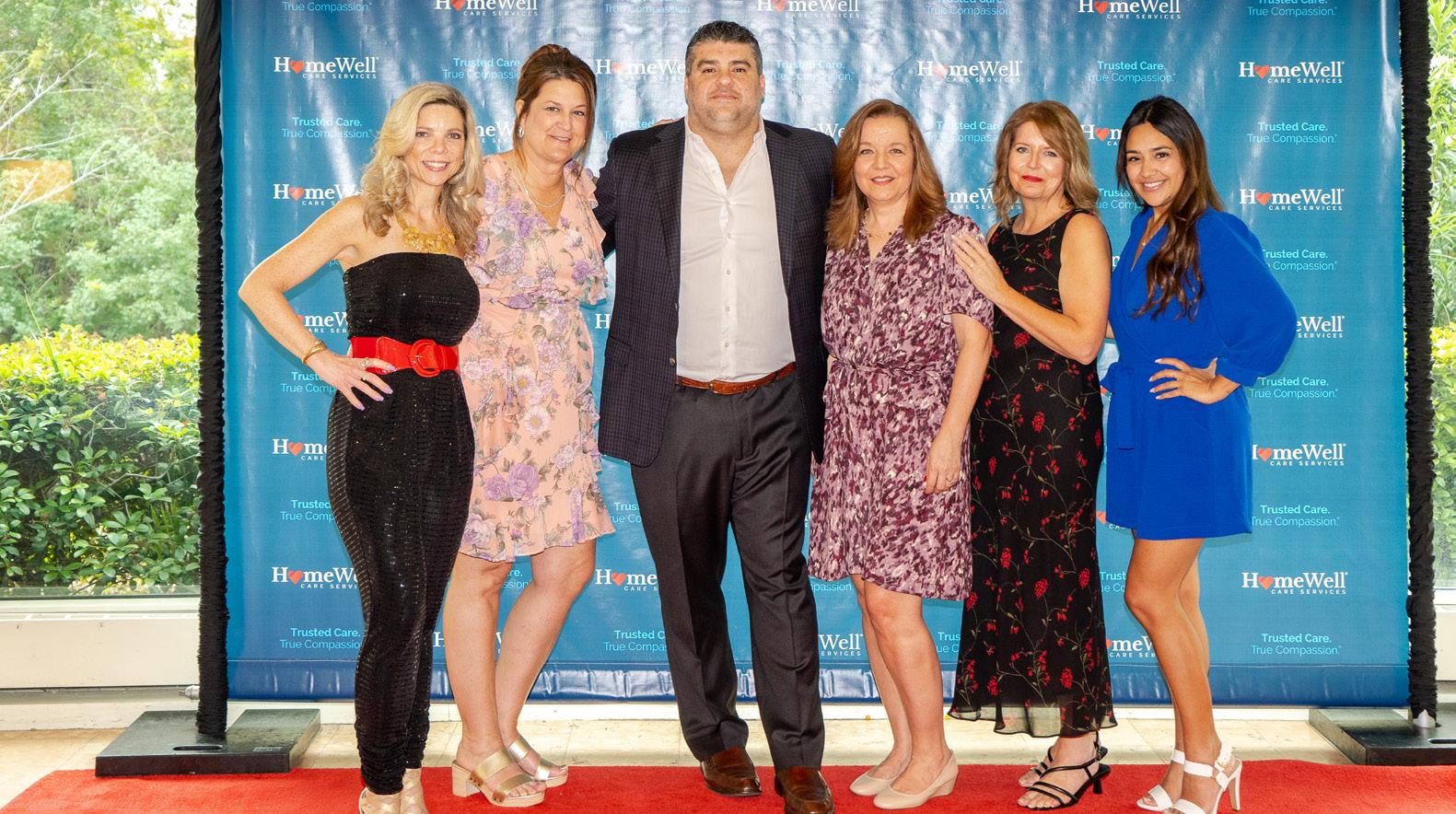


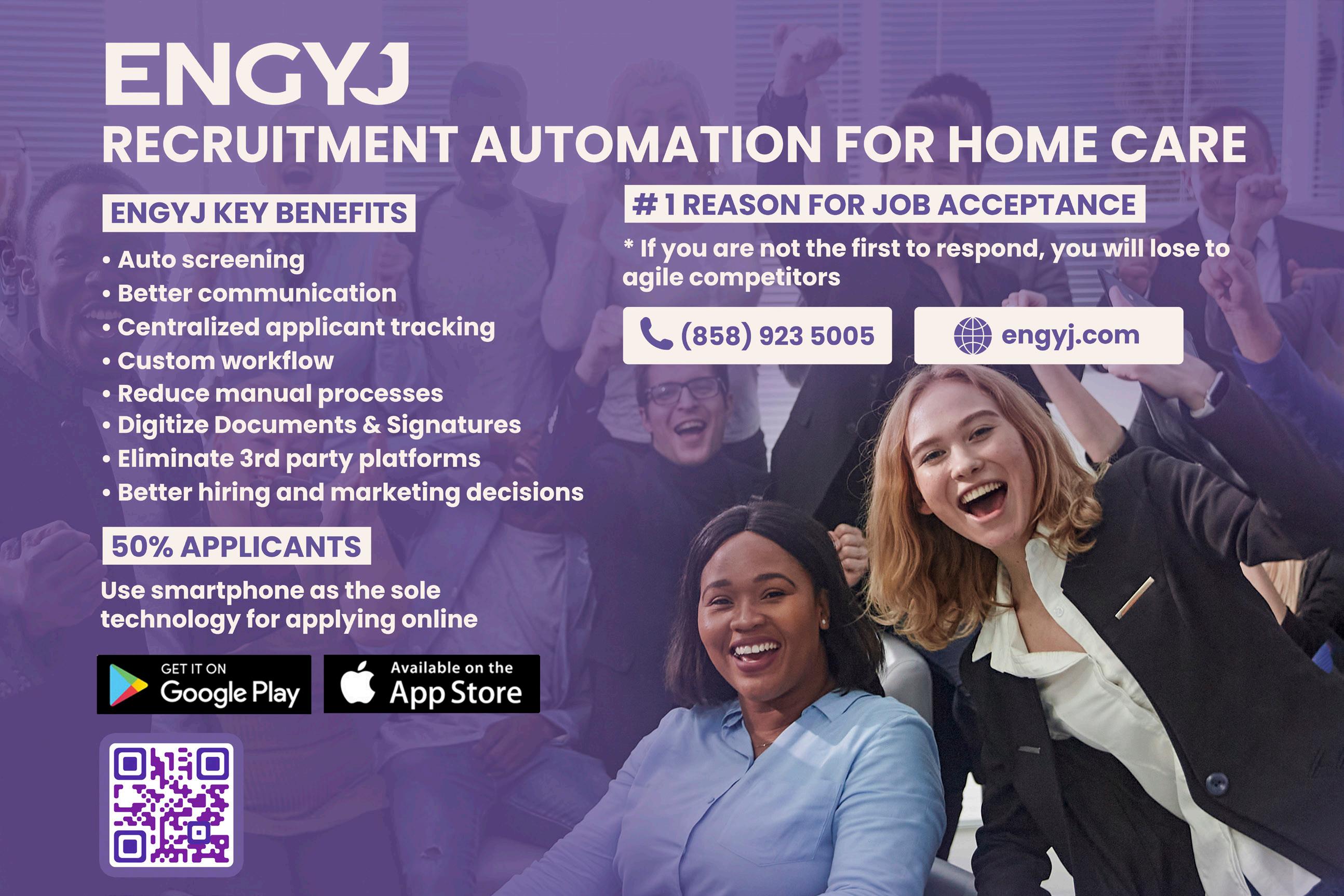
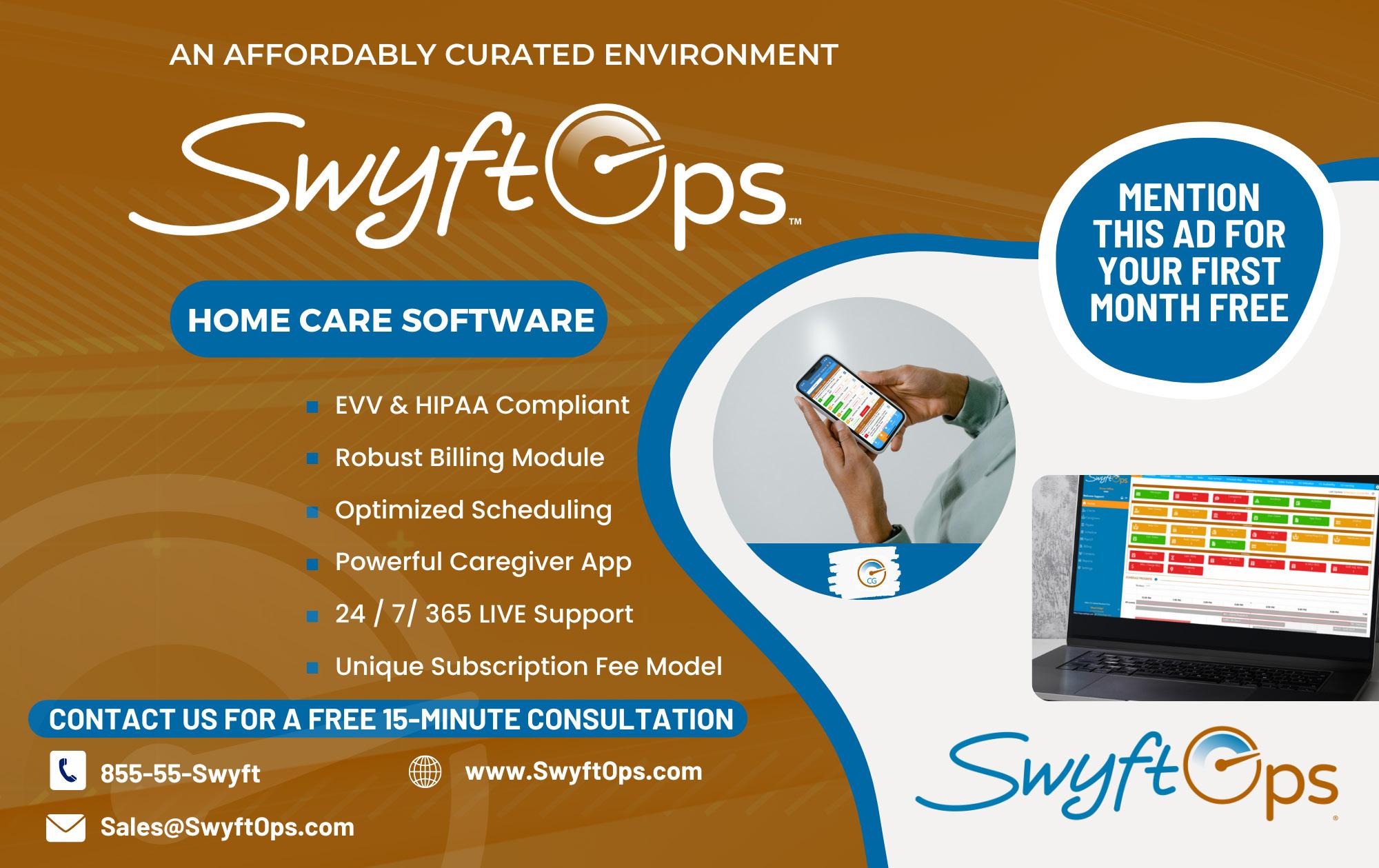
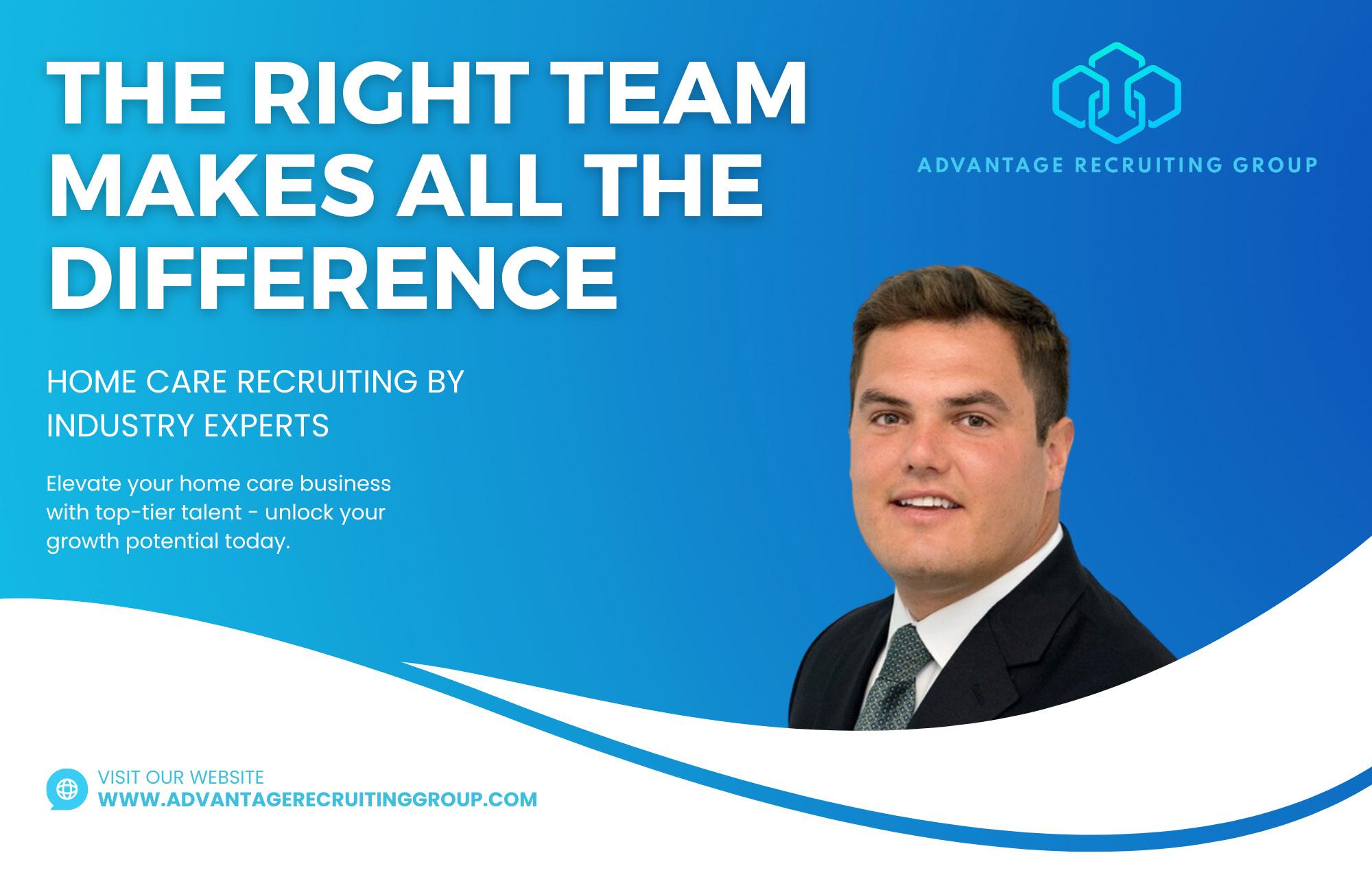





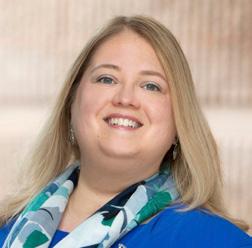 Nicole Peretti
Nicole Peretti
Nicole Peretti is the Executive Director of Home Care Evolution, and co-founder of the nonprofit The Institute for Dignity and Grace. She graduated from Rowan University with a degree in Business Administration, and a specialization in Marketing. She oversees all day-to-day operations of both businesses, ensuring they are run properly. Nicole is also a business coach, and has worked one-on-one with many clients, who are typically home care business owners, all over the country. She works closely with them to ensure they are using best practices and operating their companies with integrity and a focus on proper patient care..
https://homecareevolution.com/
Working with family members can be a rewarding experience, but it also comes with its unique set of challenges. Whether you run a family business or collaborate with relatives in a professional setting, navigating the dynamics of working with family can be complex. On one hand, you have the advantage of working with people who know you well and have your best interests at heart. On the other hand, working with family members can test you in ways that may not arise in other work environments. From communication issues to conflicting priorities, there are several obstacles that can arise when mixing business with family ties. In this article, we will explore some strategies and tips to help you overcome the challenges of working with family members effectively.

If you are currently working with family and dealing with one or more of these issues, know that you are not alone. We have seen these come up countless times with our
• Blurring of Personal and Professional Boundaries: It can be difficult to separate work issues from family issues, leading to potential conflicts and misunderstandings. For example, a disagreement at work may spill over into family gatherings, causing tension and resentment and vice versa is true as well.
• Lack of Objectivity: When working with family members, it can be much harder to maintain objectivity and make decisions based on merit rather than personal relationships. There may be a tendency to show favoritism or overlook mistakes made by family members, which can impact the overall performance of the team. The exact opposite can also be true, where you may try so hard not to show favoritism, that you end up being overly harsh.
• Communication Issues: Effective communication is essential for any successful work environment and working with family members can present additional communication challenges. Family dynamics and history can also affect communication styles, leading to misunderstandings and conflicts, and there may be a lack of professional boundaries and difficulty in providing constructive feedback.
• Complications with Setting Boundaries: Setting personal and professional boundaries is crucial in any work environment to maintain professionalism and productivity. However, working with family members can make it exceptionally difficult to set clear lines and enforce them effectively. This can lead to issues such as overstepping personal boundaries, micromanagement, and lack of respect for each other’s roles.
I have found family businesses especially prevalent in the home care industry and have been helping many of our clients navigate these specific challenges for over 10 years. Most commonly, we are looking at spousal relationships in these cases, but there are many business teams that include children, or the entire family, and some that have siblings as business partners. Each situation and dynamic is a little different, of course, but here are the most common problems these clients face.
the battle, but here are some tips to help fix the problems when they appear, or hopefully avoid them altogether.
• Power Dynamics: Working with family members can create complex power struggles within the team. Family hierarchies and relationships outside of work can influence decision-making and team camaraderie, leading to feelings of animosity and inequality among staff members.
• Impact on Work-Life Balance: Family relationships in business can blur the lines between work and personal life, making it challenging to maintain a healthy work-life balance. Family gatherings and discussions may revolve around work-related issues, leading to burnout and stress.
• Risk of Family Conflicts: Family conflicts and disagreements that arise in the workplace can have a lasting impact on family relationships. Resolving conflicts professionally and impartially is essential to prevent long-term damage to these important relationships.
• Lack of Professional Development: Working with family members may limit opportunities for professional development and growth. Family members may be hesitant to provide honest feedback or push each other when needed, hindering personal and professional growth.
• Difficulty in Separating Roles: It can be nearly impossible at times to separate family roles from work roles when working with family members. This can lead to confusion, role overlap, and a lack of clarity in responsibilities, impacting team efficiency and performance.
clients all over the country and in all stages of their businesses. If you are considering bringing family members into your business for the first time, it’s important for you to know the potential for additional and different challenges that could arise simply because of family dynamics. Knowing is half

Understand the Dynamics and Plan Accordingly. One of the first steps in overcoming challenges when working with family members is to understand the dynamics at play. Family relationships are often layered with history, emotions, and expectations that can impact how you interact in a work setting.
Recognizing these dynamics and acknowledging the potential for tension can help you approach conflicts with empathy and understanding.
Communication is Key. Effective communication is essential in any workplace, but it is especially crucial when working with family members. Clear and open communication can help prevent misunderstandings and build trust among family members. Make sure to establish clear channels of communication and encourage open dialogue to address any issues that may arise.
Setting boundaries is necessary when working with family members to maintain a healthy work-life balance and professional relationship. Clearly defining roles, responsibilities, and expectations can help prevent conflicts and ensure that everyone is on the same page. Boundaries also help distinguish between family time and work time, allowing for a more focused and productive work environment.
It is important to respect each other’s expertise and skills in the workplace. Recognize and appreciate the unique strengths that each family member brings to the table and leverage them to achieve common goals.

Conflicts are bound to arise when working with family members, but it is essential to address them constructively. Avoid letting personal issues interfere with professional decisions and focus on finding solutions that benefit the business. Encourage open and honest discussions to resolve conflicts and prevent them from escalating.
Sometimes, conflicts within a family business or professional collaboration may require outside intervention. Consider seeking the help of a mediator, counselor, or business advisor to facilitate discussions and provide objective insights. External support can help navigate complex family dynamics and find mutually beneficial solutions.
Creating a positive work culture is a must for a successful family business or collaboration. Celebrate achievements, show appreciation for each other’s contributions, and foster a sense of camaraderie among family members. A supportive and inclusive work environment can help overcome challenges and strengthen family bonds.
Flexibility is key when working with family members, as dynamics and priorities can shift over time. Be willing to adapt to changes and accommodate
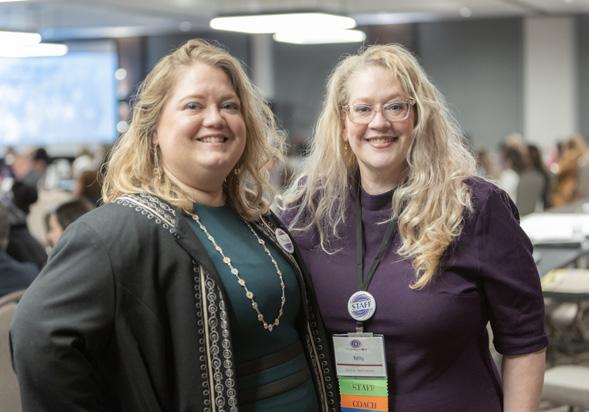
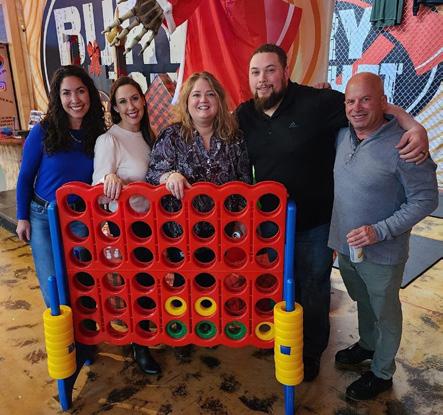

each other’s needs to maintain a harmonious working relationship. Embracing flexibility can help navigate challenges and foster a sense of unity within the family business.
Amidst the challenges of working with family members, it is important to celebrate successes together. Acknowledge and appreciate the hard work and dedication of each family member and celebrate milestones and achievements as a team. Recognizing and celebrating successes can strengthen family bonds and motivate everyone to continue working towards common goals.
In conclusion, while working with family members can be a fulfilling and enriching experience, it also requires patience, understanding, and effective communication. By understanding the dynamics at play, setting boundaries, and addressing conflicts constructively, you can overcome the challenges of working with family members and build a productive and harmonious working relationship that fosters growth and success.

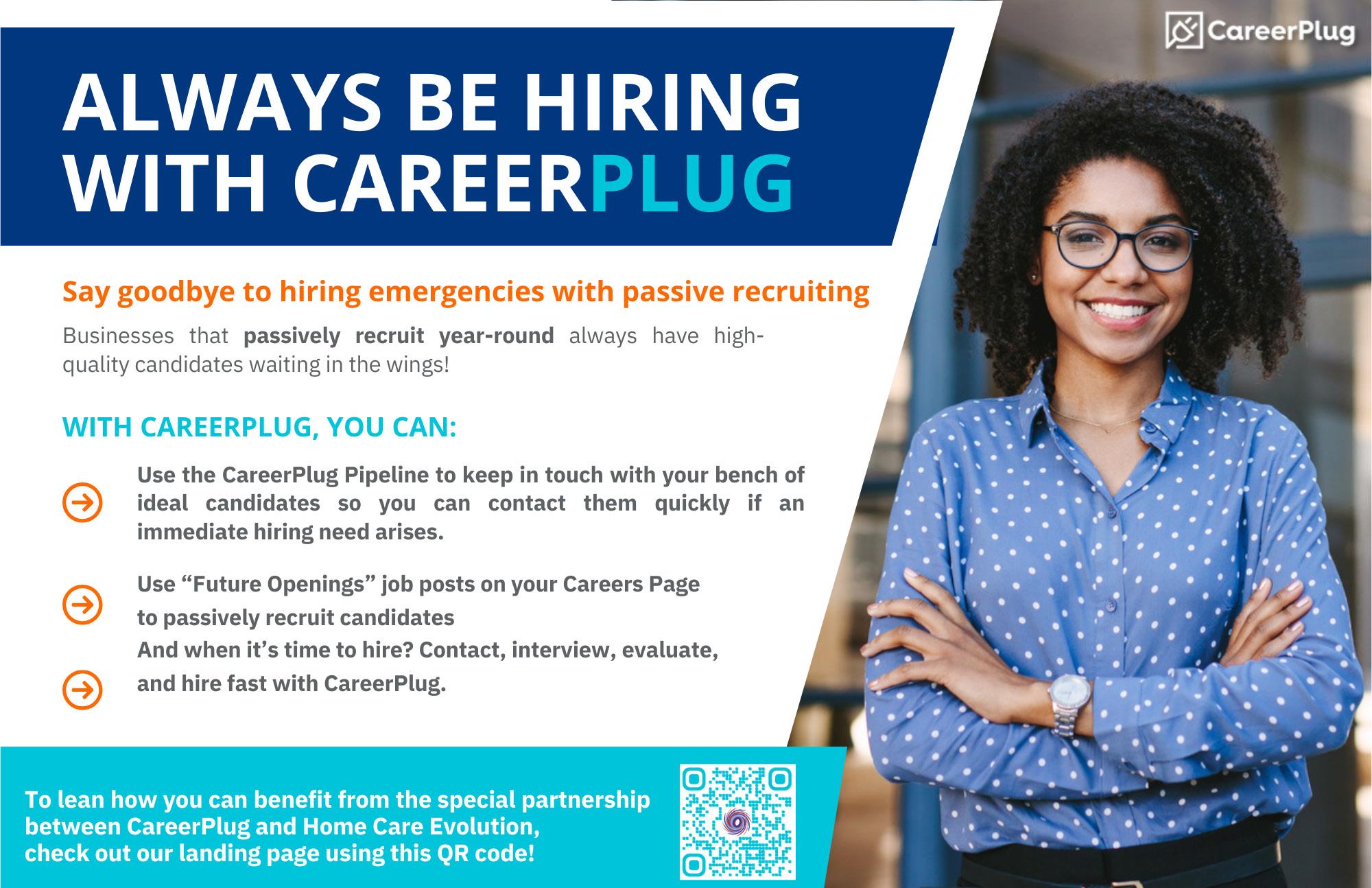
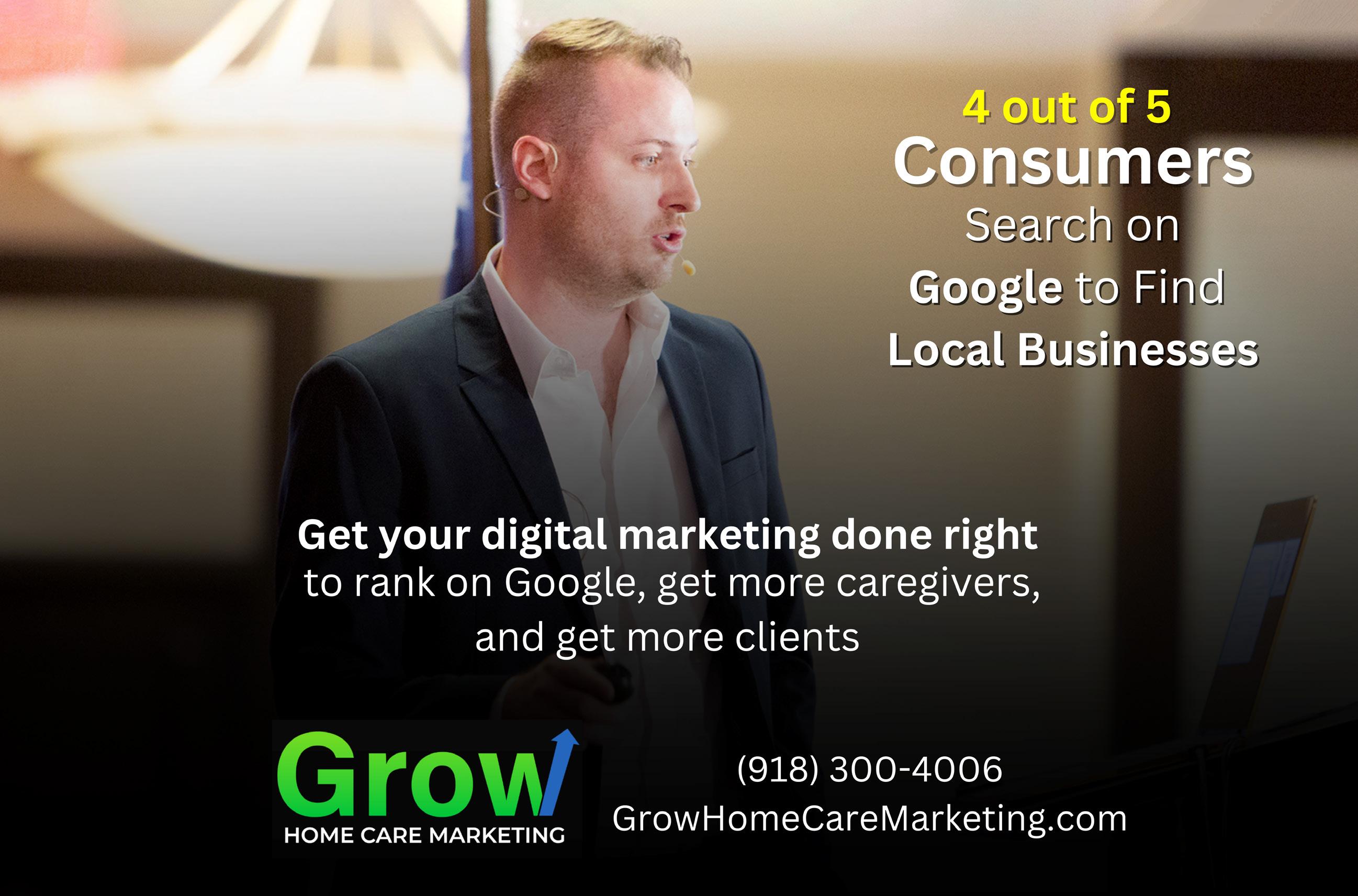



How this family business found success and growth through strategic partnerships and Aaniie technology
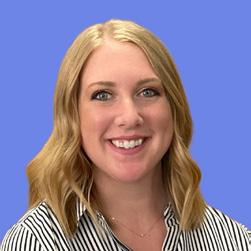 Shelley Scott
Shelley Scott
Shelley Scott lives in Western Wisconsin at the birthplace of Aaniie (formerly Smartcare Software) in Eau Claire, Wisconsin. She has spent her entire professional life in various marketing roles focusing on content, email, social media, and websites. Her last few years have been spent focusing on growing Aaniie’s community of home care, senior living, and child care users across the U.S. Outside of marketing, Shelley can be found volunteering on the Board of Directors for the Eau Claire County Humane Association, golfing, reading, or playing volleyball.
smartcaresoftware.com
As a family man, Stephen Stegall, Jr. knew he wanted to get his children involved in his next business venture to teach them the value of hard work and the principles of owning a business. When he and his wife, Lorri, decided to go into home care, this also allowed them the benefit of helping the people in their community.
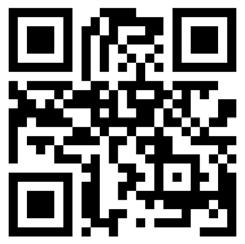
Lorri and Stephen built their business from the ground up, and when they started looking into home care franchises, it was Golden Heart that stood out to them.
“Golden Heart was one of the companies we looked at very strongly,” Stephen Jr. said. “Part of the reason for our interest was the software package they had. Aaniie (formerly Smartcare) had everything we wanted and would allow us to scale.”
At the forefront of adopting a home care software like Aaniie, Golden Heart Des Moines was excited to move away from paper documentation. Not only did this save hours on paperwork, but Aaniie also made it easy to verify all required information needed for Electronic Visit Verification (EVV).
Medicaid, documentation and reports were necessary to get paid easily and pass audits within a tight timeframe. Without the software and collaboration from the team at Aaniie, Stephen says they would have been put out of business.
“As we got started with Aaniie, we were telling them about the things
“It was a partnership. It was a godsend. It’s beautiful.”
— Stephen Stegall, Jr., President & Owner of Golden Heart Des Moines [on their partnership with Aaniie]

“We needed a system to make sure we could grow,” Stephen Jr. said. “And one of the things I hated about the job was the paperwork. The paperwork was just unreal.”
Since Golden Heart primarily deals with state clients utilizing
we have to do for the state,” Stegall, Jr says, “Aaniie proceeded to make a report to help us. It really was a collaboration. Then on top of that, they had EVV and the ability to track with GPS — Aaniie’s had that from the get-go.”

As a family business, Golden Heart Des Moines has not only involved each of their children in the business, but the kids each have their own role within the software too. With their oldest child in charge of IT, and their other three kids involved in office management and caregiver scheduling, the entire family is involved in nearly every aspect of the business.

Throughout the Stegall’s years of business, Stephen and Lorri have worked in nearly every role at the company, including caregiving. This unique perspective allows them to do the most good for their clients, as well as their staff.
“I really appreciate having been able to do the actual caregiving because, one, I do enjoy taking care of people and helping people,” Lorri says. “But then it also gives me the perspective of how I can help our employees take care of the clients. I can know for myself what can be done and what can’t be done in a certain amount of time so we can be realistic with our schedules and what our clients expect from the caregivers.”
At Golden Heart Des Moines, they integrate their core values of integrity, empathy, and kindness into everything they do. They focus on wellness and work/life balance to ensure their caregivers can do the
most good for the clients, while still putting their family first. That’s why they were so excited to give back to their caregivers using Aaniie’s Caregiver Rewards program.
An integrated incentive program for caregivers, Caregiver Rewards allows Golden Heart to thank caregivers regularly — right within Aaniie’s home care platform. From picking up extra shifts to showing up for a shift on time, caregivers can earn points in exchange for rewards as an extra incentive for caregivers to do the most good.
“Our caregivers are always wanting to pick up shifts,” Stephen Jr. said. “That really does help us grow our business.”
It also helps with retention as point totals build and caregivers can save up for their desired reward, such as PTO or restaurant gift cards. Stay with Golden Heart long enough, and you might be able to save enough points to be rewarded with a cruise — another token of appreciation from Stephen and Lorri.

Golden Heart is a strong believer that partnerships are one of the most effective ways to increase their business’s growth potential. Involved with Home Care Evolution, Lorri and Stephen are a part of a Mastermind group where they learn valuable insights from like-minded businesses. They enjoy the time to “get away” from their business while immersing themselves in strategic business discussions to learn from and encourage them along the way.
It was also through Home Care
Evolution that they met Mike Nalley and formed a partnership with the team at Aaniie. Through developing this partnership with a reliable home care software provider, they were able to take on the next phase of their growth.
“Pick a software that’s going to help you grow,” Stephen Jr. advises. “That’s going to help you scale. Through our 9 years in business,

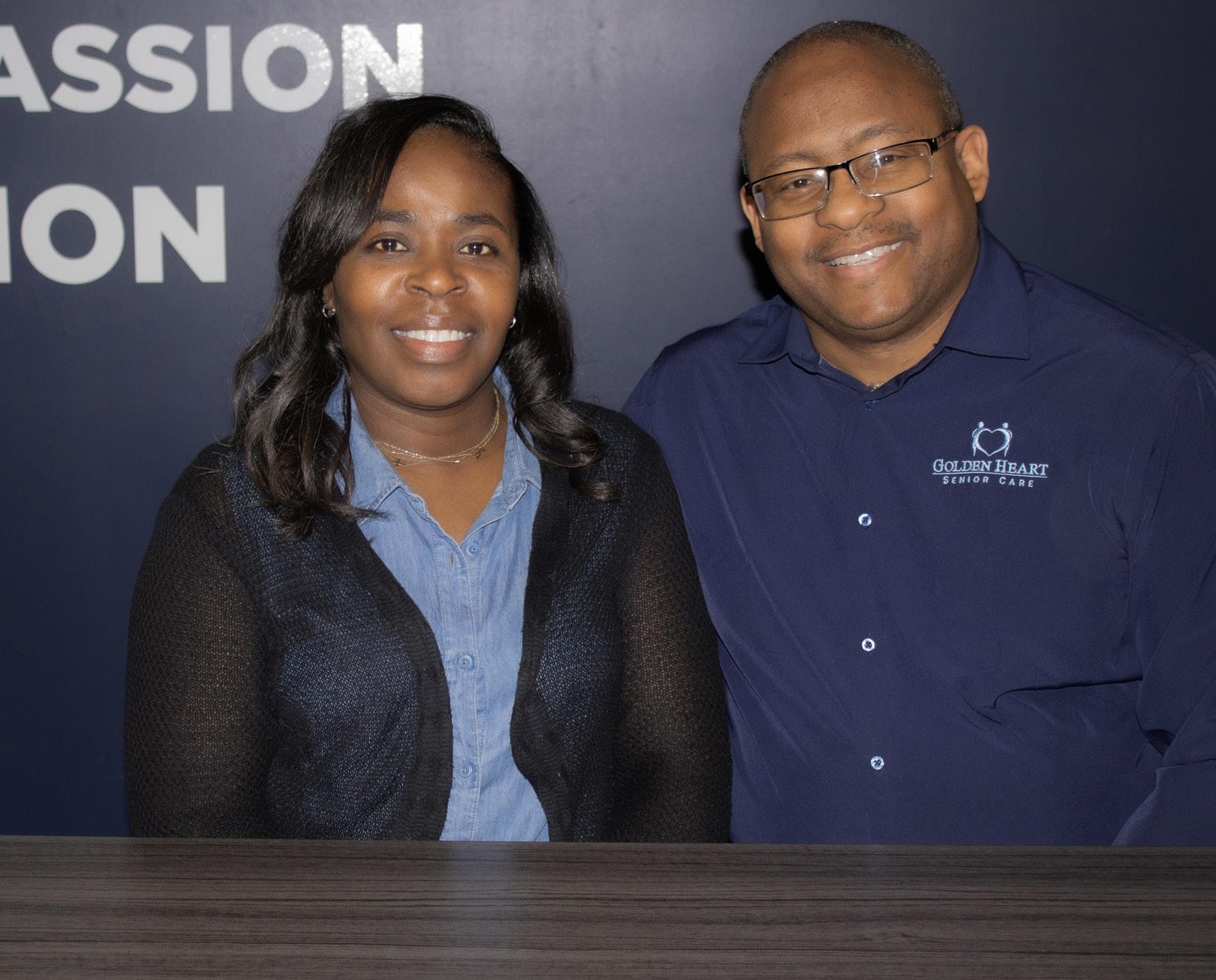
Aaniie has been able to grow with us. It’s been able to expand with us and do the things that we need to do. It’s really been the backbone of our business.”
At the end of the day, the Stegalls say it’s all about how they can help someone to have a better quality of life. That’s why their future growth
plan includes an empire of different businesses, designed to do the most good. This may or may not include additional home care businesses, but their goal is to use Aaniie as their business management technology of choice no matter where their next business venture takes them.
“Aaniie has been a joy for us. We tell everybody we know about it because it’s been a blessing to help our business grow.”
— Lorri Stegall, Chief Financial Officer & Owner ofGolden Heart Des Moines
To learn more about Golden Heart Des Moines, visit https://goldenheartdesmoines.com.
To learn more about Aaniie’s all-in-one home care platform (formerly Smartcare Software), visit smartcaresoftware.com.
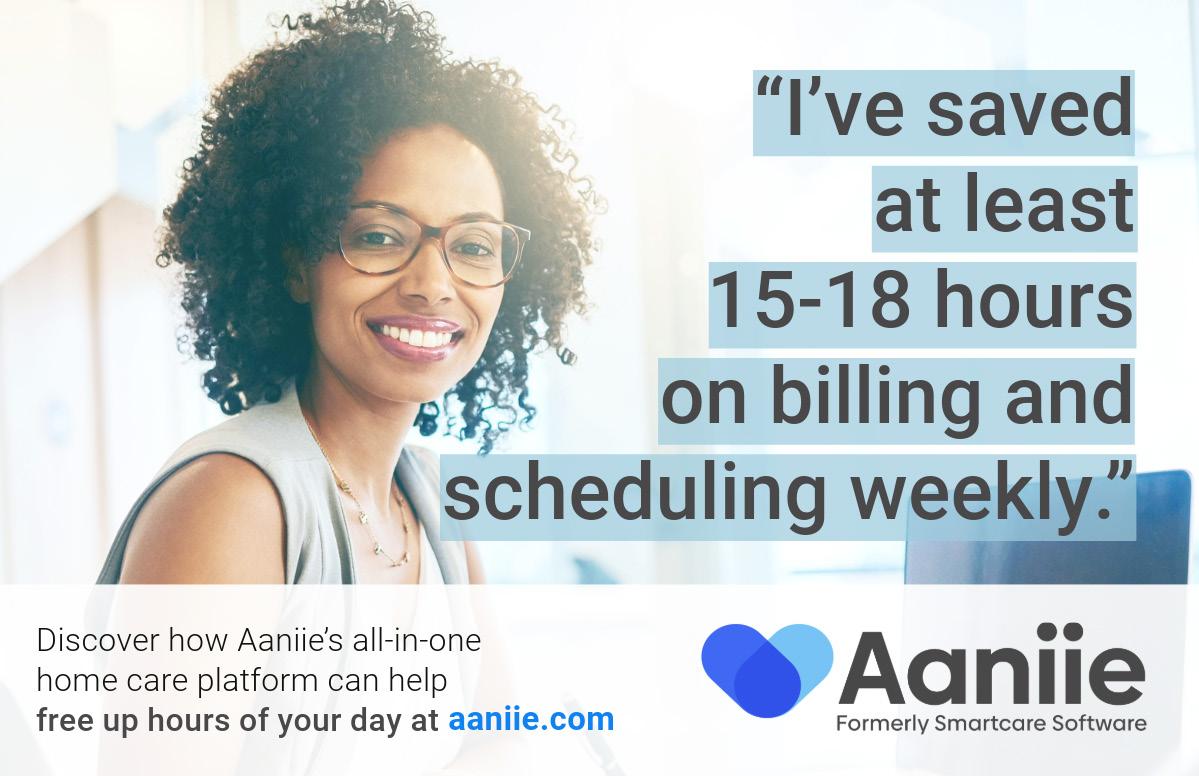
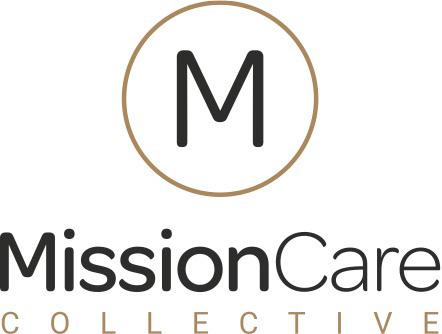

 Kurtyka
Kurtyka
As CEO of MissionCare Collective, I am privileged to work closely with both the workforce and HCBS providers nationwide. It’s heartening to see CMS and the industry not only discussing the critical workforce challenges we face but also taking decisive action to address it.
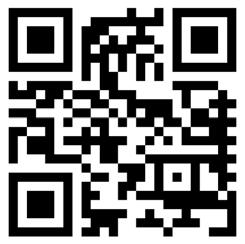
While CMS’s intention to stabilize the direct care workforce through the New Access Rule aims to ensure that caregivers see higher wages alongside other much-needed improvements is admirable, it presents some challenges that require careful consideration, specifically around the mandatory pass-through requirement. Caregivers undoubtedly deserve better compensation, genuine career paths, more opportunities, and greater job security. It’s wellknown that home care workers could potentially earn more working at a place like McDonald’s, and many who stay in caregiving do so for reasons beyond just financial gain. In a recent study we conducted with the National Association for Home Care and Hospice, we explored what motivates home care workers. The findings were clear: many are drawn to this field as a calling. Yet, at myCNAjobs, the largest caregiver network in the country, we are witnessing more people leave vs join the profession as

a calling doesn’t always pay the bills. But what if companies can’t stay afloat to actually deliver and coordinate the care? That’s the crux of the challenge that we all need to consider.
The new policy adds strain to an already vulnerable provider network. Many are struggling under the weight of ongoing financial and operational pressures and the new rule could potentially lead to closures and service interruptions. In fact, we’re already hearing from some of our agencies that operate in both rural and urban markets that they are closing their rural territory to focus operationally in areas in which they can better sustain.
To effect meaningful systemic change, both sides of the equation must be addressed.
As industry leaders—from care providers to vendors and beyond—it’s crucial that we come together to provide CMS with both data and real insights into the operational impacts of the rule. Our collective voice could


help shape a more balanced approach that supports both our workforce and providers.
I am grateful for the proactive role organizations like the National Association of HomeCare and Hospice are playing in gathering industry data and stories to propel advocacy efforts. I encourage everyone involved in the homecare ecosystem to engage with local legislators and to contribute positively to this vital conversation.
It was during my last visit to Washington, D.C., for a March on Washington that I truly gained an appreciation for the impact of a single passionate voice, one compelling story, and the power of real data. Let’s collaborate to discover solutions that elevate every stakeholder, always keeping two crucial groups at the forefront of every decision—the people who need care and those who provide it.




In today's home care market, agencies need to leverage all the tools they can to stand out. However, many organizations are doing the same thing as everyone else and expecting to get noticed.
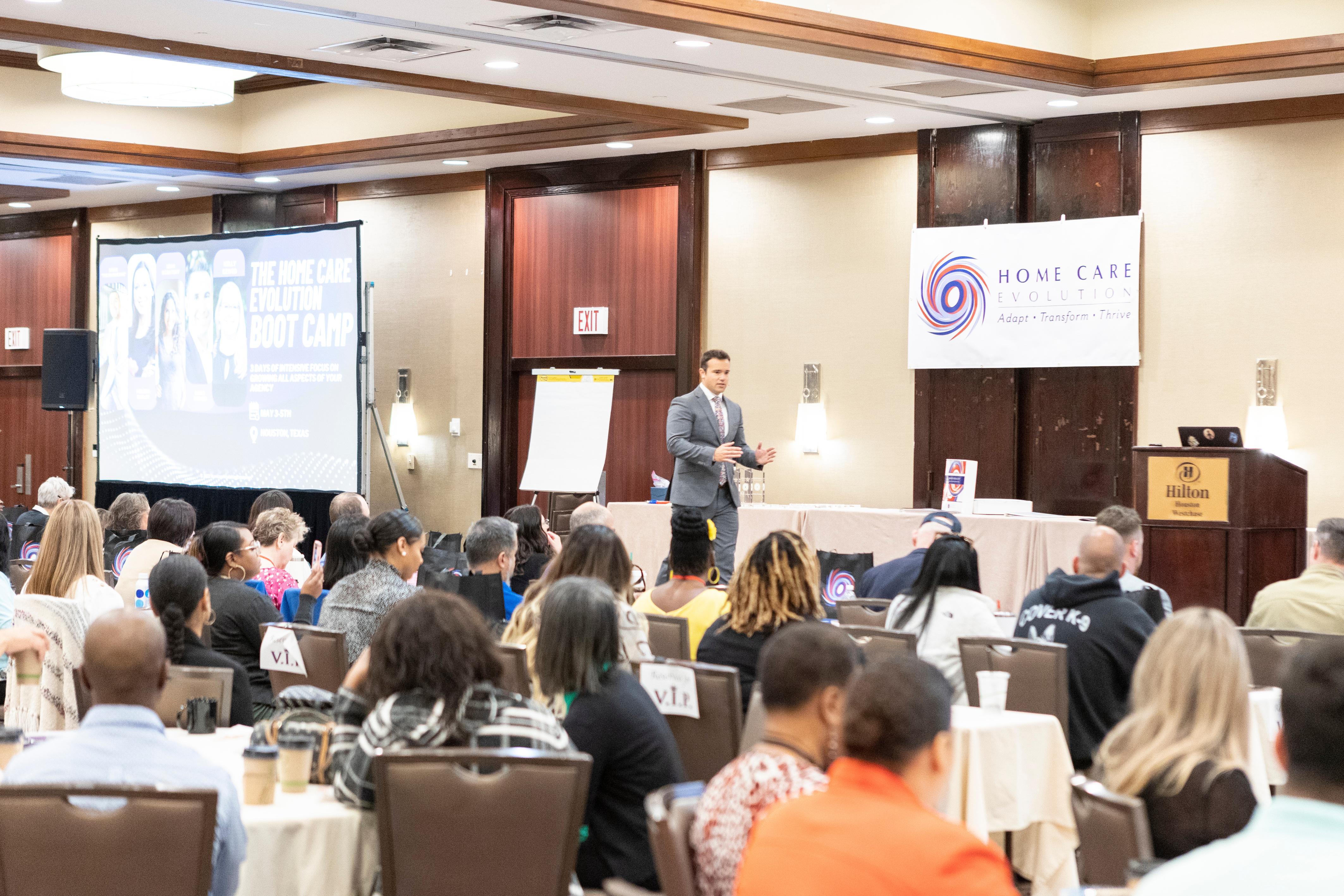
You have the opportunity to unlock a brand new FREE course designed exclusively for home care owners on how to leverage the most powerful marketing medium.
The best part is that it only takes 2 hours a month to implement.
You Will Learn...
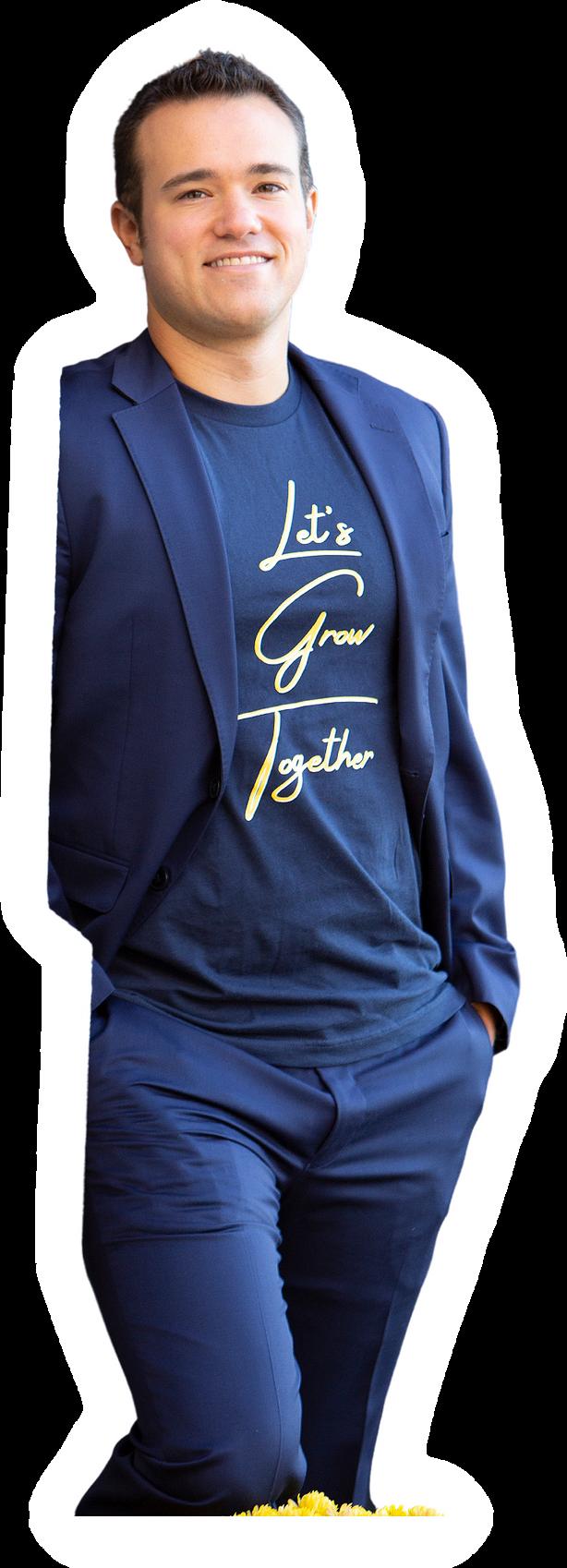
Effective strategies to build a strong online brand to INCREASE sales
The simple framework to generate MORE LEADS
How to DIFFERENTIATE your agency from your competition
The ONE tool you can use again and again to hire more caregivers
How to become the Go-To Expert in your territory to establish credibility and trust in your market
An easy strategy to BOOST referrals from industry partners


This book, which already reached bestseller status on Amazon, is designed to help the millions of individuals and their families who must navigate the challenges of caring for aging parents and outline their options.
“Why We Care” provides essential insight into choosing a home healthcare agency from those in the industry, along with stories from real people who found solutions to help their parents age in place with the dignity and grace they deserve.

“This book was written so that we could tell the story about home healthcare for people who need it and the families who have to make that decision,” said Steve “The Hurricane”™ Weiss, co-author of the book, co-founder of the Institute of Dignity and Grace, and CEO of Hurricane Marketing Enterprises.
The book was co-written with home care agency owners and professionals, Haytham Najjar; Lynn Marie Houghton; Sandra Dougherty; Vikki Kalitsi; Judy Loubier, PT, CSA CDP; Nicole Peretti; Krista Gaul; and Kunu Kaushal, CSA. Published by the Institute for Dignity and Grace, “Why We Care – Choosing the Right Home Care Agency” is available on Amazon ($17.99 and Kindle version for $4.99).
Everyone will eventually need some type of home healthcare services and choosing what form that care will take can be overwhelming. “Why We Care – Choosing the Right Home Care Agency,” provides readers with essential information in a positive way on aging parents, aging at home, and aging with dignity and grace.
Proceeds of the book go towards The Institute for Dignity and Grace.

Buy your copy from Amazon here.
https://www.amazon.com/gp/product/ B075SJ99P3/
To buy wholesale as gifts to your clients and industry partners, call us at 732-414-6155
